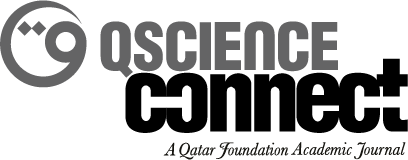-
oa Beyond localization: Making learning spaces accessible to all
- Source: QScience Connect, Volume 2021, Issue Issue 3 -Tenth International Translation Conference, Jul 2021, 2
-
- 14 January 2021
- 24 April 2021
- 07 July 2021
Abstract
When addressing localization within Translation Studies, we think of translating web content for a new linguistic and cultural reality. At times, localization is seen as making a text “adequate” to the new readership taking into account local sensitivities and requirements. When the addressees of a given web-based product have a disability, localization alone will not be sufficient to guarantee true access, for the needs and requirements will entail and also go beyond language and culture. This paper is highlighting the issues that need to be addressed to make online learning spaces accessible to all. The take on transadaptation, in the context of accessibility to educational environments, is holistic in nature, given that online learning platforms are required to be set up in line with WCAG directives from inception and that all uploaded content is made available in a variety of formats, among which are alternative texts, captions, audio description, sign language, just to name a few. Only in so doing with the service providers be guaranteeing that users with (sensory, cognitive or physical) impairment will benefit from such educational offers. To convey clearer understanding of the specificities of inclusive online education, two institutions from Portugal are presented in this paper showing the problems they faced and their efforts to make online learning spaces and MOOC accessible: the Polytechnic Institute of Leiria and the Open University. Examples are given from ongoing exercises, and reflections are shared on the cycles of improvement that are necessary to ensure the highest possible standards of inclusion. Included is a comparative analysis of the needs and challenges expressed by students with either hearing or visual disabilities to ensure access to all types of online contents, including spontaneous content (e.g. messages in forums, collaborative online tools).


